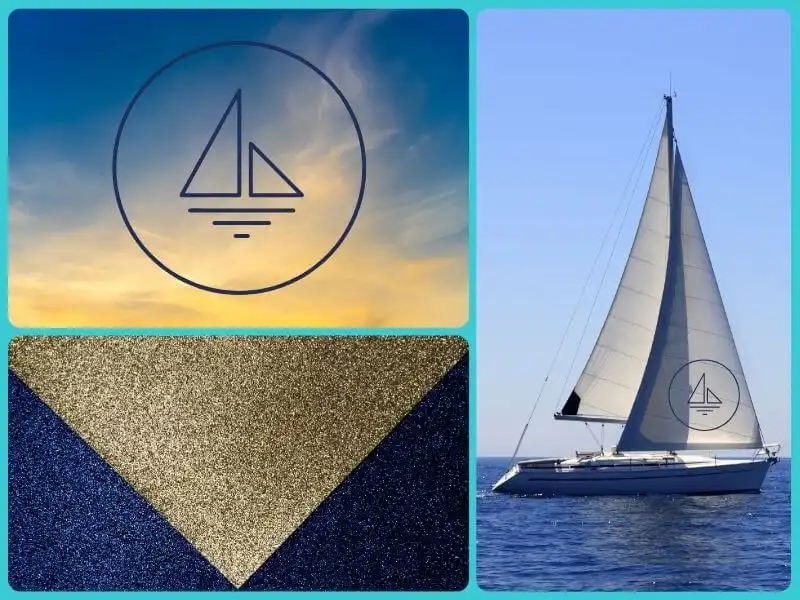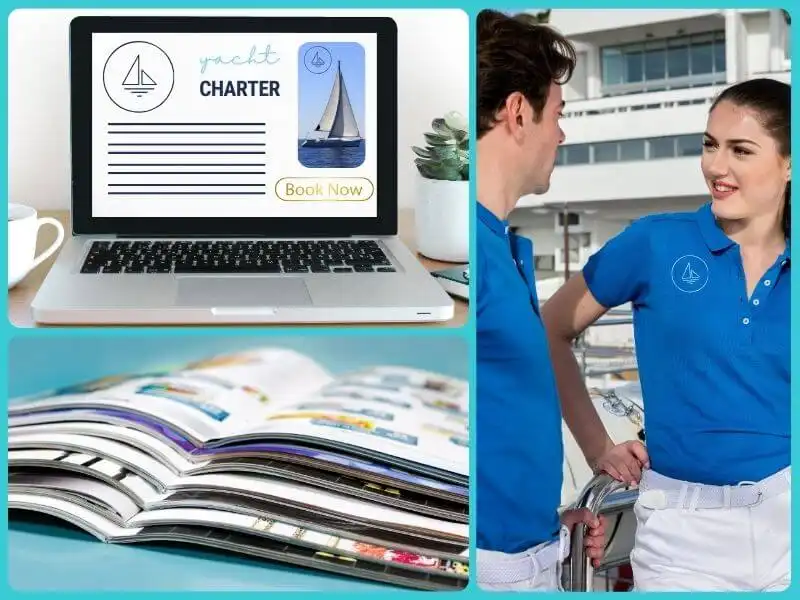
One thing your branding requires is that "your story" exudes unity. This means that your brand identity must be unified and cohesive. This is not difficult to achieve, if you know the benefits of good branding and if you care about how your guests perceive you.
We have written several posts on branding.
Some of them about your brand’s identity, voice and messaging, on logo, branding on social media and such.
But in the end if you do not have one thing, you’ll have nothing.
That thing you need to have is a cohesive brand.
So, your logo, color palette, typography, imagery, and tone of voice—must all come together in one common, coherent story. If you want to leave a lasting impression, that is.
A cohesive brand identity isn't just about looking good; it’s about building trust, projecting professionalism, and ensuring consistency across every interaction with your audience.

Your logo is just the beginning
Your logo is a vital piece of your branding, but it doesn't stand alone.
It's a visual shorthand for your entire brand, supported by a suite of complementary elements that make up your brand identity.
Think of it as the face of your brand—recognizable, yes, but meaningful only when paired with the personality, values, and promise it represents.
A cohesive brand identity requires more than just a great logo. It includes:
- Color palette: Colors evoke emotion and establish recognition.
- Typography: Fonts communicate tone and hierarchy.
- Imagery style: This encompasses the kinds of visuals you use, from photography to illustrations.
- Brand voice: The tone of your written communication conveys personality. Is your brand conversational, authoritative, or friendly?
Each of these elements contributes to the perception of your brand, but what’s really important is how well they work in tandem.
The role of comprehensive brand guidelines
Brand guidelines act as a blueprint for consistency. And cosistency is of utmost importance.
Whether you’re designing a website, drafting an ad, or outfitting a staff member, these guidelines ensure your brand’s identity remains intact.
And here’s what they should include:
Logo usage
Provide clear instructions on how your logo should appear across different mediums. Specify:
- Approved sizes: Minimum and maximum dimensions to ensure legibility.
- Clearance space: The minimum space around your logo to avoid crowding.
- Variations: Approved versions such as color, black-and-white, and simplified formats.
Example: Nike’s swoosh logo always maintains a set amount of empty space around it, ensuring it remains distinct and uncluttered in all applications.
Color palette
Define your colors meticulously. Include their use cases, like background applications versus accents. For instance:
- Primary colors: Use them as foundation of your branding (and yes, it doesn’t have to be blue).
- Secondary colors: Supporting hues that complement your primary palette.
Example: The Royal Yachting Association (RYA) in the UK uses navy blue and red, reflecting the traditional and true nature of sailing, while complementing with red accents.
Typography
Typography often conveys as much emotion as color. Provide guidance on fonts for:
- Headings: Bold and eye-catching, used sparingly for impact.
- Body text: Clean and readable, ensuring clarity in dense paragraphs.
- Special applications: Fonts for captions, pull quotes, or digital interfaces.
Example: Airbnb’s custom typeface, Cereal, provides a unique and consistent feel across all its platforms, from its app to printed materials.
Imagery style
Visuals are your opportunity to tell stories. Define the look and feel of:
- Photography: High-contrast versus muted tones, candid versus posed, or subject types (e.g., people, landscapes, or vessels).
- Illustrations: Flat design versus three-dimensional, minimal versus detailed.
Example: Mailchimp employs playful, hand-drawn illustrations alongside bold, yellow branding to convey approachability and creativity.
Brand voice
Your voice is the emotional undercurrent of your brand. Elaborate in detail:
- Tone: Formal or casual? Serious or witty?
- Vocabulary: Terms to use or avoid, ensuring alignment with brand values, such as how to introduce a vessel or respond to inquiries.
Example: IKEA’s tone of voice is simple and conversational, emphasizing accessibility and practicality in all communications.

Bringing it all together
Website design
Your website will very likely be first point of interaction with your brand. A well-designed site uses your logo to inform the layout, with colors and fonts integrated into buttons, headers, and backgrounds.
Example: Apple’s website reflects its minimalist ethos, with a clean design that emphasizes its logo and product photography.
Marketing materials
From brochures to digital ads, every piece of marketing strategy should carry a consistent visual and verbal identity. Fonts, colors, and imagery must reflect your established guidelines.
Example: Coca-Cola uses its classic red and white color scheme across everything, from vending machines to social media graphics, creating instant recognition.
Onboard experience
For businesses with physical or experiential components, brand identity extends to uniforms, interiors, and packaging. Every detail should feel intentional and aligned.
Example: Starbucks’ brand consistency is evident in its store layouts, barista uniforms, and even the iconic coffee cup design.

The power of a cohesive brand identity
When every element of your brand identity works together, it creates a flawless experience.
A cohesive brand identity is essential for a yacht charter business because it creates a seamless, professional experience that builds trust and attracts discerning clients.
From your logo and color palette to the tone of voice in your communications, every element should reflect the reliability, and unique experience your yacht charter offers. Consistency in branding reassures potential customers that your service will be just as polished as your image.
For instance, a well-defined brand identity helps your website, brochures, and onboard materials tell the same story—making your yacht charter memorable and fostering loyalty. A strong, unified identity also sets you apart in a competitive industry, ensuring your brand resonates with the right audience.
Ready to craft a cohesive brand identity that elevates your yacht charter?
Contact us today and make your brand as remarkable as the voyages you offer.
Categories of trends
- News
- Sale
- Marketing
- SEO
- Web design
- Social media
- Technology
- Regulations
- Management
- Education
- Finances
- User experience
Newsletter
Sign up for the newsletter and receive the latest trends and tips straight to your inbox



